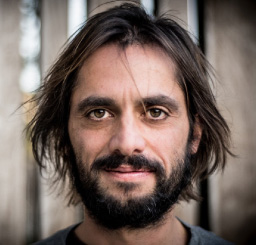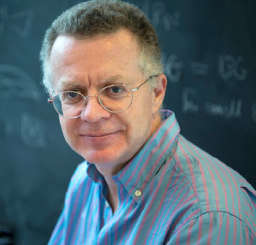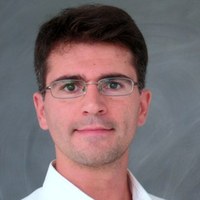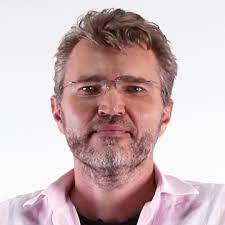Time Symmetry in Operational Theories
The standard operational probabilistic framework (within which we can formulate Operational Quantum Theory) is time asymmetric. This is clear because the conditions on allowed operations are time asymmetric. It is odd, though, because Schoedinger’s equation is time symmetric and probability theory does not care about time direction. In this work we provide a time symmetric framework for operational theories in general and for Quantum Theory in particular. The clearest expression of the time asymmetry of standard Operational Quantum Theory is that the deterministic effect is unique – meaning there is only one way to ignore the future – while deterministic (i.e normalised) states are not unique. In this paper, this time asymmetry is traced back to a time asymmetric understanding of the most basic elements of an operational theory – namely the operations (or boxes) out of which circuits are built. We modify this allowing operations to have classical incomes as well as classical outcomes on these operations. We establish a time symmetric operational framework for circuits built out of operations. In particular, we demand that the probability associated with a circuit is the same whether we calculate it forwards in time or backwards in time. We do this by imposing various double properties. These are properties wherein a forward in time and a backward in time version of the same property are required. In this paper we provide a new causality condition which we call double causality.




